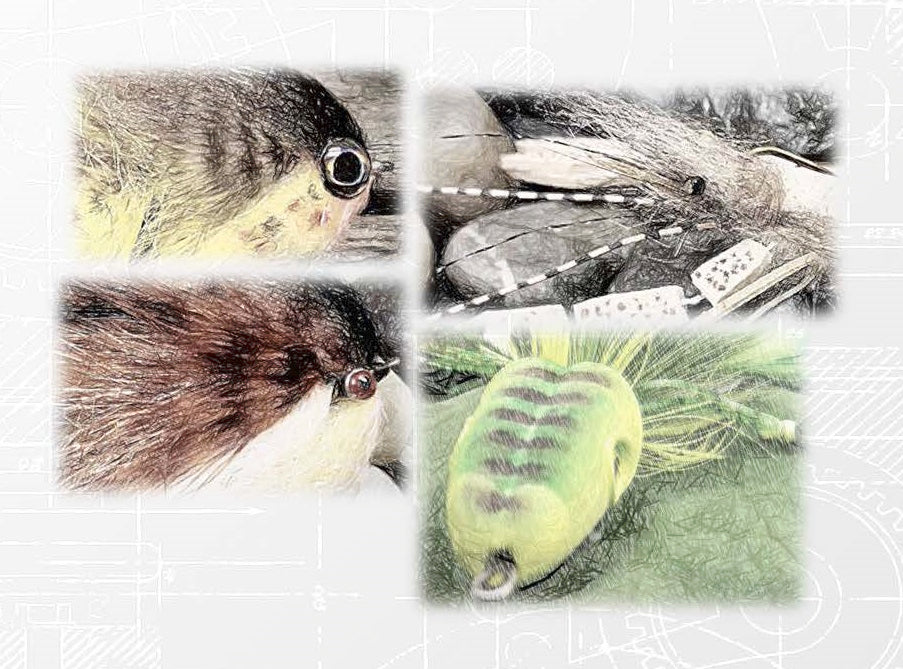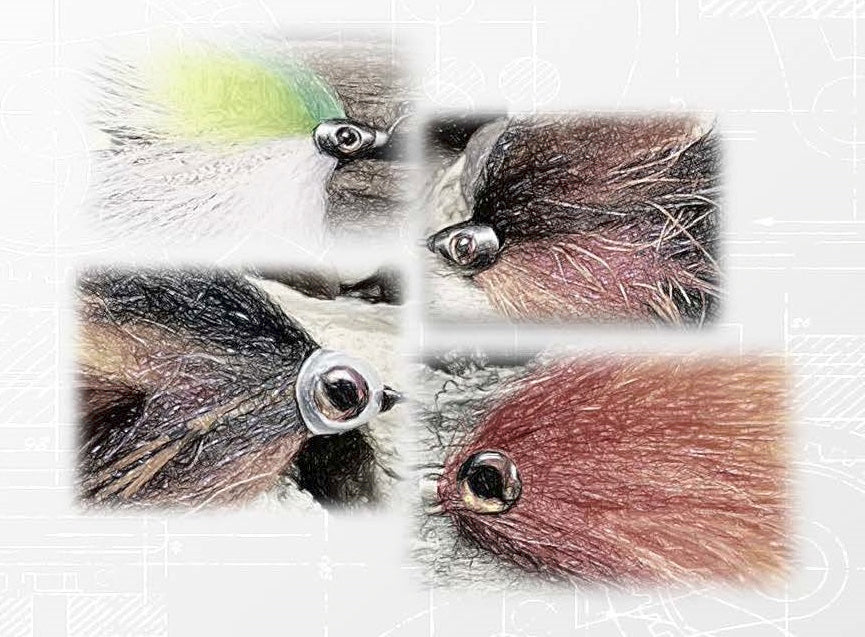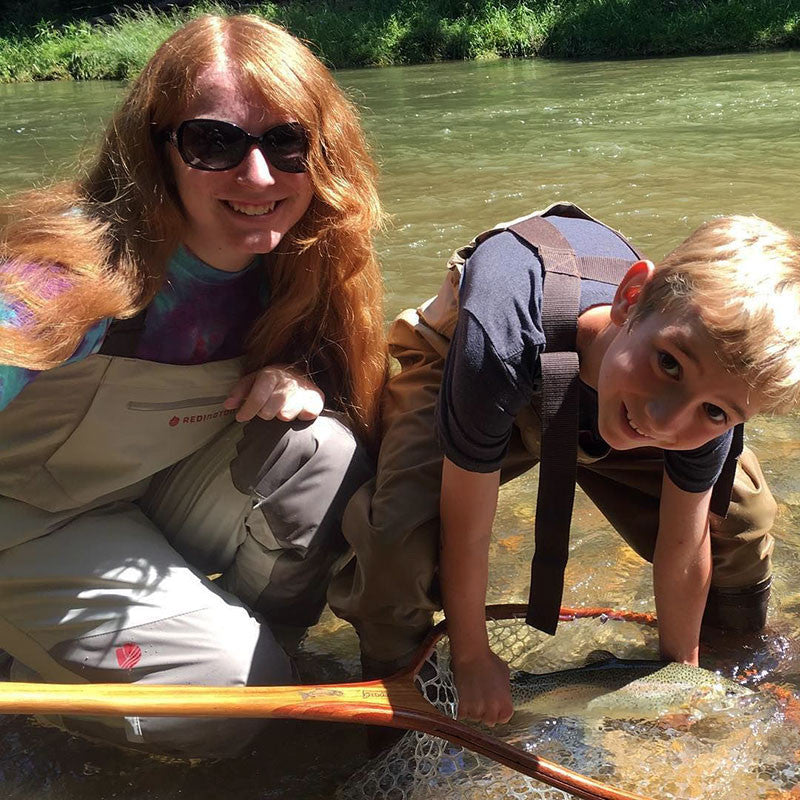Flymen Blog

The basic principle of fly tying is to come up with a fly that imitates a fish’s choice food.
This gets a bit trickier, in my opinion, when you are imitating creatures other than insects.
A mayfly’s movement will change depending on what part of its lifecycle is occurring or if wind or weather is a factor in the hatch, whereas a creature like a frog, on the other hand, will desperately move all kinds of different ways when a hungry largemouth is chasing it.

Flies that do the shimmy are all the rage right now.
A lot of this is due to all the new materials and hardware now available for fly tyers. Ranges of articulated shank systems and heaps of new synthetic materials that easily shed water are changing the way we tie flies.
Articulation used to be a term for wire and beads joining two hooks in order to do the S-curve movement in the water.
Modern innovations in fly tying materials give you the ability to step beyond purely mimicking the appearance of a prey item – you can mimic its movements as well.

Fishing is a wonderful family activity and it provides a great way to bond with your children.
But while plenty of parents hand their child a spinning rod and head down to the local farm pond, relatively few try to teach their kids how to fly fish.
This is understandable, given the complexity of the activity, but unfortunate too. The truth is, most youngsters are perfectly capable of learning to whip a fly through the air. No, fly fishing isn’t an ideal pursuit for very young children, but most kids can learn to handle a fly rod by the time they are 10 to 12 years of age.
However, it's always important to have success while introducing children to any type of fishing, otherwise, they’ll get bored and lose interest.
And while it is slightly more complicated to do so when you are trying to teach them to fly fish, you can still set yourself up for success by keeping the following four considerations in mind.

It's all about balance.
If you’re like us, you fish all the time.
When I say all the time, I mean literally every available moment of your free time is spent fishing or thinking about fishing in some way.
I have a tendency to be super focused on things that are of interest to me – the rest of the world disappears kind of focused. My wife contends that this leads to the detriment of our relationship from time to time. I can’t argue with that.
Over the years, I’ve been trying to create balance here by getting my wife involved in fishing. The experience has been great.
My wife and I have traveled to quite a few renowned fisheries around the U.S. and just recently, Canada. She’s indifferent to whether or not she catches fish (somehow, she always does). She claims she’s just happy to experience some of nature’s beauty and to see me happy. I’m happy to oblige her those opportunities.
What follows is how to execute a couple’s fly fishing vacation on a budget. If you put aside a small sum of money and go on this trip, you’ll come home closer to your significant other than when you left.






